Create a Portfolio Online: 10 Best Practices
The web design community is formed of very talented and helpful people, but at the same time, designers always fight for clients. That’s why creating a portfolio online and presenting your professionalism is essential. The competition is harsh, but the positive aspect is that everyone that does quality work and respects the clients will have enough projects on his plateau. It’s true there is no World Design Cup, but, as everywhere in human society, the necessity of evaluation and classification determines the existence of expressions such as “he is a better designer,” “she is the best designer from our town,” and so on. In conclusion, designers are evaluated and judged by people (designers and not- designers).
A normal question arises in the minds of designers: “what should I do to be the best designer or at least a very good one?” By identifying the evaluation criteria, it will be easy to structure a plan to follow to become a famous designer. Here is today’s worst news: it’s impossible to identify the criteria! Why? It’s simple: because the design is very subjective, while the appreciation of people is even more subjective. What something in Australia may be considered a wonderful project in Europe may be a decent realization. Also, it’s no wonder that twin brothers may have completely different opinions about a website.
Design as a World of Chaos
It’s normal to catalog the design in such a way! Superficially thought, yep, it might be… but the reality is different! Superficiality isn’t chaos… in a superficial universe, everyone has its own reference system and laws, while chaos supposes the lack of any reference point. Superficiality is a very controversial issue from a philosophical point of view, but it’s almost obvious that superficiality implies a high degree of abstraction. Well, translating this statement into the web design world is equivalent to the idea that each person has their own system of appreciation, and each designer is judged according to it. The judgment isn’t very in-depth, and many elements are abstracted (there is nothing wrong if you replace “abstracted” with neglected); the main element that remains from the complex entity of a designer is his portfolio.
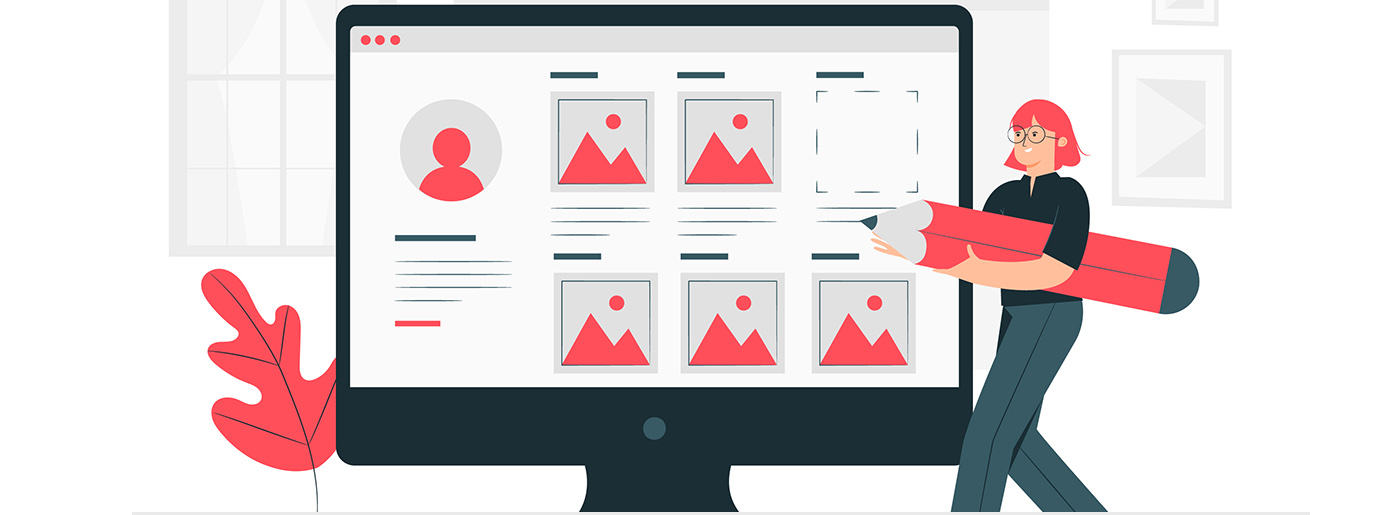
As you know, a portfolio template is the sum of the best works of someone. Willing or not, a personal web page with a portfolio is the identity card of a designer. People judge his value by studying the projects exhibited. After a very theoretical introduction, it is time to come back to reality…therefore, how do you create a portfolio online that is liked by people? The perfect recipe is just a chimera, but the Internet is full of advice from the best portfolio owners, and everyone should learn from them. No matter if you already have a website where you uploaded your best work or you are planning to launch one, the next best practices are very useful, and it’s highly recommended to follow them. Of course, this Decalogue is pretty perfectible, and we await your contribution via comments. It’s really important to have feedback from you.
#1 A portfolio Shouldn’t Be a Website Only
It’s a very common mistake, so common that sometimes we are thinking if it’s indeed a mistake. A portfolio isn’t only a website! It’s correct to name the website where you uploaded the best personal works portfolio, but it’s not profitable to resume just to it. Nowadays, the Internet is full of galleries where designers are invited to present their wonderful realizations. In addition, potential clients and employers consult these galleries and sometimes hire designers with the best works. Behance and Dribble are just some of the most famous galleries, and any designer should have a good presence here. Of course, there are many other galleries, and a good designer knows by heart their addresses.
Social media is another extended part of a portfolio. A designer’s contribution on various social networks is often studied before hiring a designer. Therefore, it might be considered a new extension of a portfolio.
#2 A Portfolio Must Be Unique and Original
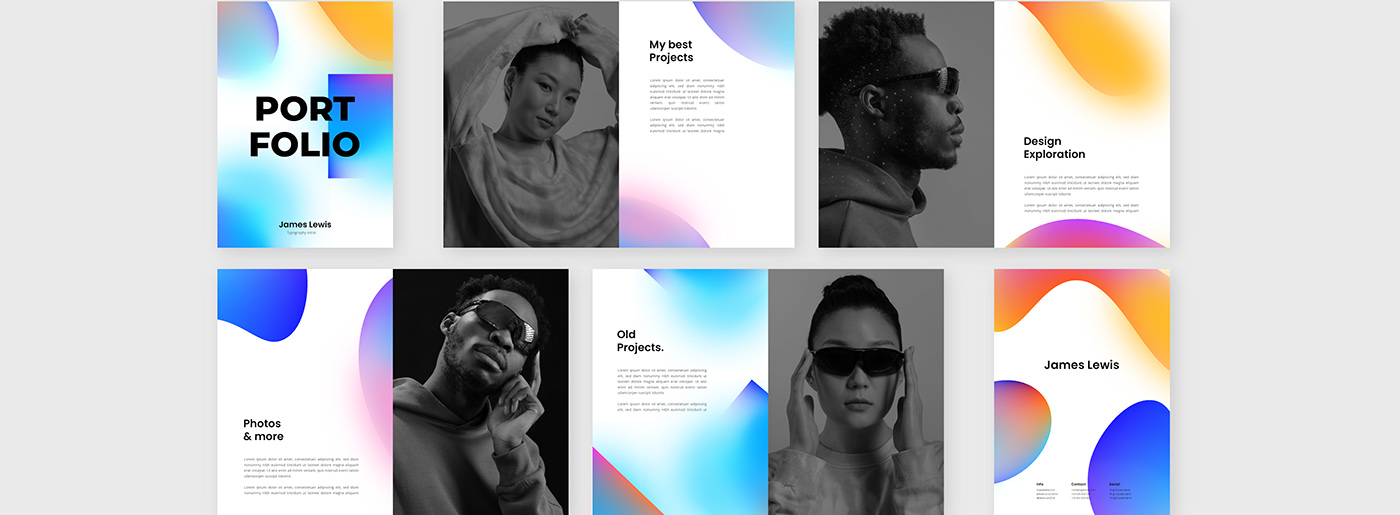
Having a unique and original portfolio isn’t a rocket science tip, but its importance is vital, and it was the reason for adding it to this list. A good designer won’t use a free theme downloaded from some free resource… it’s a sign that removes any idea of professionalism.
On the other hand, a “too original” portfolio will put in doubt the viewers, and definitely, it isn’t the purpose of a portfolio. Uniqueness and originality are a must, but nothing can replace intrinsic quality, so do your best with the portfolio.
Each example of MotoCMS portfolio website builder is an ideal combination of a professional, powerful, and beautiful solution for any website portfolio.
#3 The “Value” of a Portfolio is Equal to the “Value” of the Most Decent Item Exposed
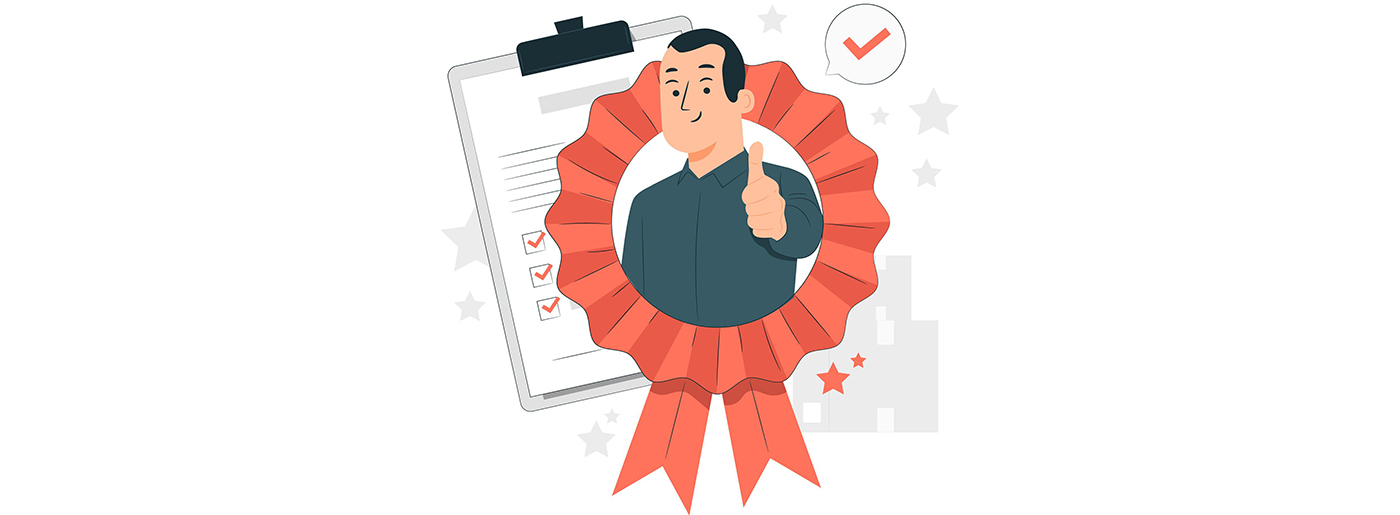
Another useful best practice is to pay attention to the items exposed. Unfortunately, a portfolio where one exhibited one hundred amazing items and just a single decent work isn’t considered an amazing portfolio. It’s not a math formula, but the mark given to the most decent item is usually the same as the mark given to the overall portfolio. Undoubtedly, the selection of works exposed should be made with maximum focus… it’s a common practice to consult with other designers before uploading a new project.
A good designer doesn’t need to upload tons of items, just as a writer doesn’t need dozens of samples in their copywriting portfolio… adding as many images as possible isn’t the attribute of a great expert. It’s mostly the desperate gesture of a designer lacking clients. In the context of a writer, it’s important to have a copywriting portfolio that includes a variety of writing samples to showcase your skills and style. This will help convince viewers about the quality of your work, but it’s important not to overdo it since a bored viewer is hardly likely to become a client.
#4 Be Honest with Yourself and Your Potential Clients

Another best practice to apply is a subtle but capital tip: when you create a portfolio online, launch it to attract clients instead of striving to achieve heavy traffic. In other words, many designers prefer to call themselves super experts in everything that is web-related and upload tons of previous works. The big issue is that many times what is praised in theory, in practice, is different…the respective designers can’t realize what he previously said. In this way, time is wasted, resources and reputation are suffering, and so on.
A wiser approach is being honest and to offer services that can be implemented in practice. It’s quite probable that fewer people will visit the portfolio, but the eventual projects awarded have a great chance of being successfully finalized.
#5 People Should Enjoy and Admire a Portfolio
A visitor that feels humiliated won’t ever ask for the services of the portfolio owner. This situation is avoided by creating an accessible website, and any innovative design should be extremely carefully studied. It shouldn’t put the users in doubt. Also, if you have heavy content, avoiding the technical terms or explaining them to less experienced visitors is better.
#6 Social Media Presence is Just an “Invisible” Part of the Portfolio
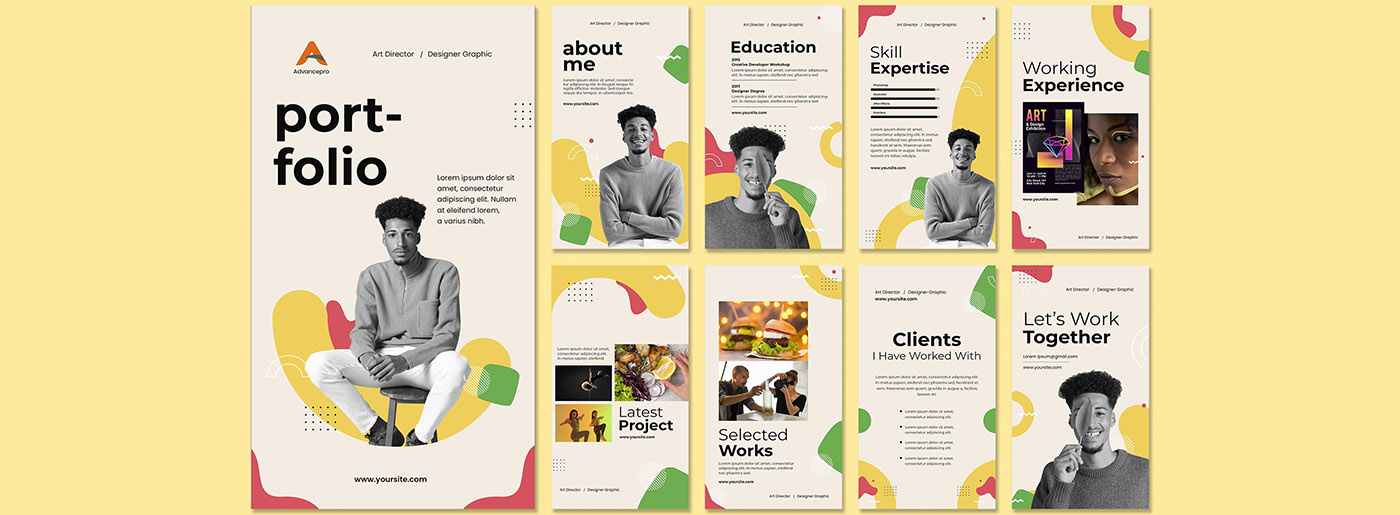
As I previously mentioned, social media may be considered an “invisible” part of the portfolio. The studies revealed that most employers are consulting the social contribution of the recruiters, and it is a factor in hiring decisions. I guess that many potential clients apply the same treatment. Therefore, don’t neglect this aspect.
Altogether, social media presence doesn’t mean chatting on Facebook – it has no positive effect. Instead, an active Twitter account that offers insights, tweets, and valuable links or a complete profile on LinkedIn surely is a plus for any designer.
#7 Testimonials Are Important!

I am not arrogant, but we have to accept that, except for the designers, few people have a strong feeling for website crafting. Accordingly, common viewers’ judgment is often not similar to the designers’ judgment… Therefore, when you create a portfolio online, simply exposing the best works isn’t enough for some potential clients. The testimonials are the appreciation of the previous clients; sometimes, these are as important as the quality of the items exhibited. A testimonial from a very important client works as magic – interested people will consider that as long as a very important company is satisfied with the services of a designer, then there is a high chance for this scenario to repeat, isn’t it?)
#8 Don’t Forget About Yourself
People prefer working with people, so don’t forget about presenting yourself. Depending on the style adopted, this presentation may be formal or informal…the majority of those who create a portfolio online choose a more informal approach. It shouldn’t be a full resume; there is a risk of becoming boring. Instead, a funny text, presenting yourself as a good designer, saying about hobbies and the family’s cute situations create a warm relationship and may be beneficial in the final hiring decision.
#9 Let People Contact You
A functional contact form is vital for the overall success of a portfolio. It’s a sin to have wonderful collections of works that attract clients, but they cannot contact the portfolio owner. It’s about common sense to have a simple, efficient, and functional contact form, but this chapter’s portfolios suffer. In addition to a contact form, give the viewers the possibility of contacting via social media, and is a good practice to provide the physical address. Maybe some people are used to sending letters – you never know!
#10 Be Serious With Your Portfolio

Well, how could someone treat “seriously” a portfolio? It is maybe not the most suitable word, but it implies so many valences that, in the end, it was the best solution. Creating a portfolio online isn’t the same as having clients. Launching a website portfolio is only the beginning of attracting and having clients. The full process means promoting the portfolio, equivalent to a huge volume of work. Also, a search engine-friendly website is the capital. If someone really wants to have clients, then the portfolio website must be on the first pages in the searches of the users. Briefly, is highly recommended to have a portfolio website, but once it‘s launched, the serious endeavor begins. It’s a complex task, and usually, there is a plan to follow to create and promote a portfolio online.
This plan depends on each type of portfolio and needs a complete team behind it. If you are interested, don’t forget to drop us a line via the comment form and we’ll gladly start writing an article about it. Also, don’t be shy and share your opinion about a portfolio with us. The more, the better!
Create a Portfolio Online – Conclusion
Overall, creating a portfolio online isn’t as difficult as it may seem at first. Fortunately, there are plenty of complete solutions for portfolio websites powered by MotoCMS. All of them have an embedded advanced control panel via which even a person with no programming skills can easily create and then manage a beautiful and highly functional online portfolio.
Beautiful Portfolio Theme
Stylish Solution for Your Portfolio
Responsive Portfolio Theme
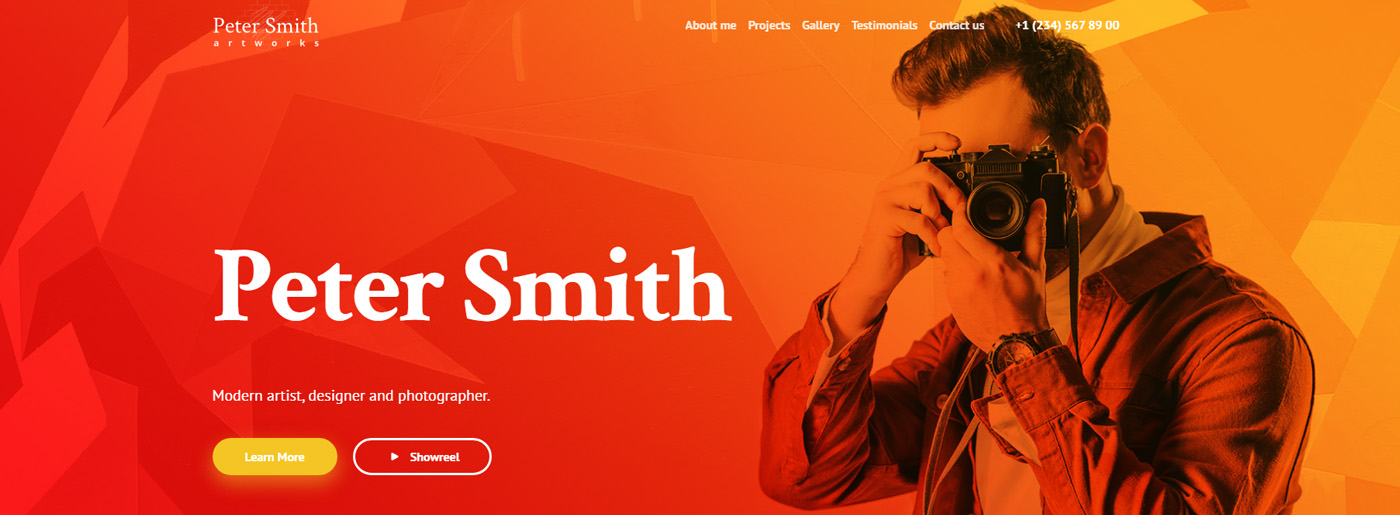
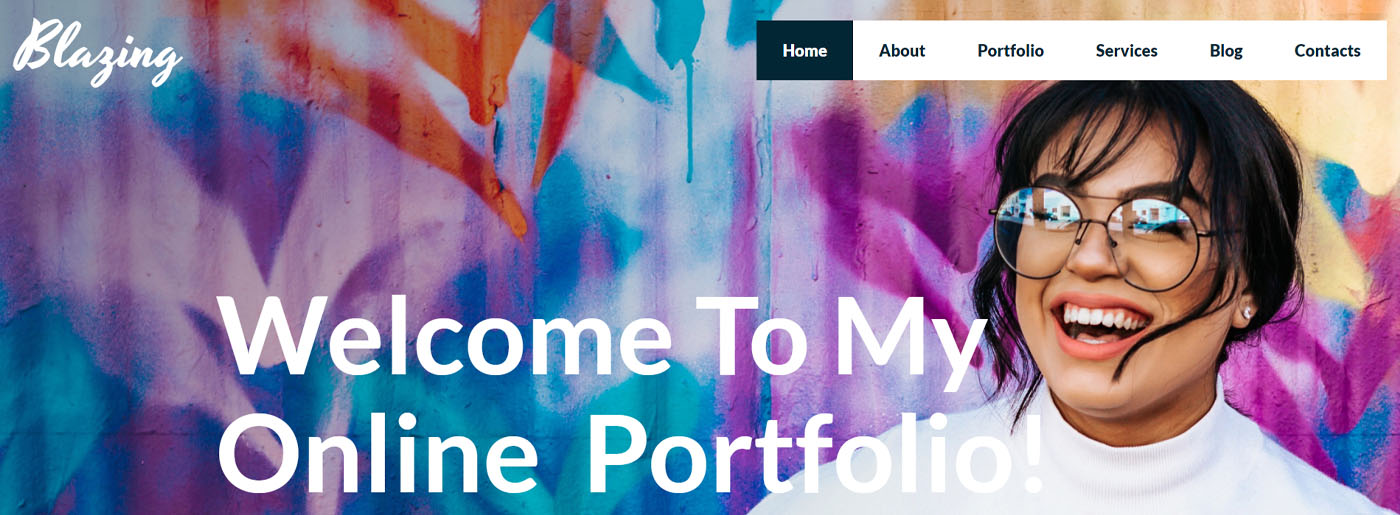
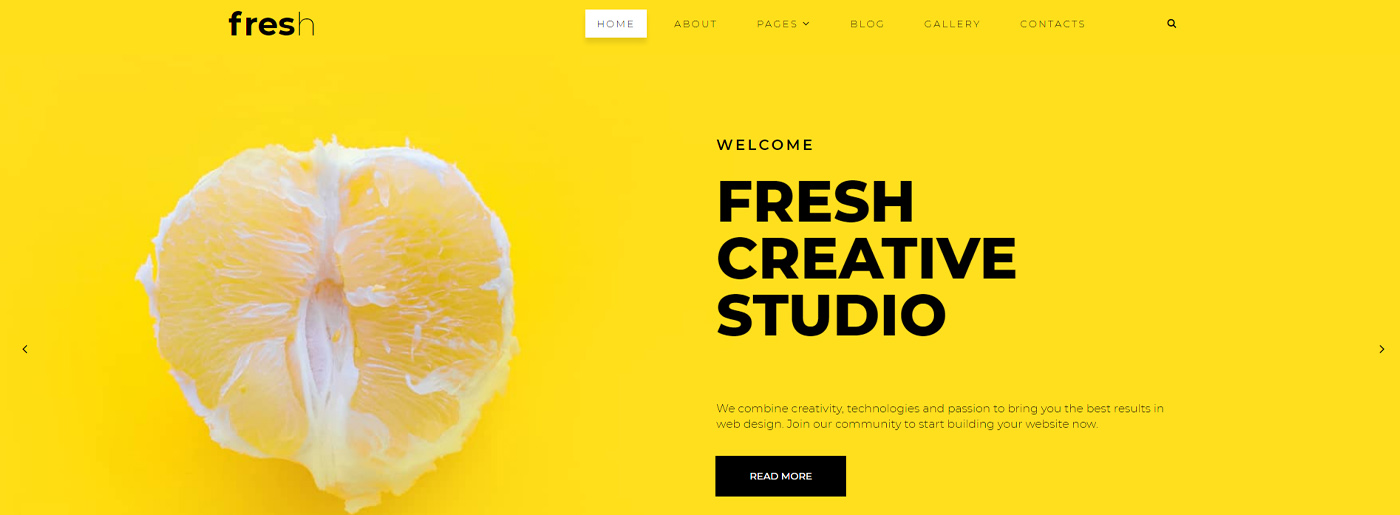
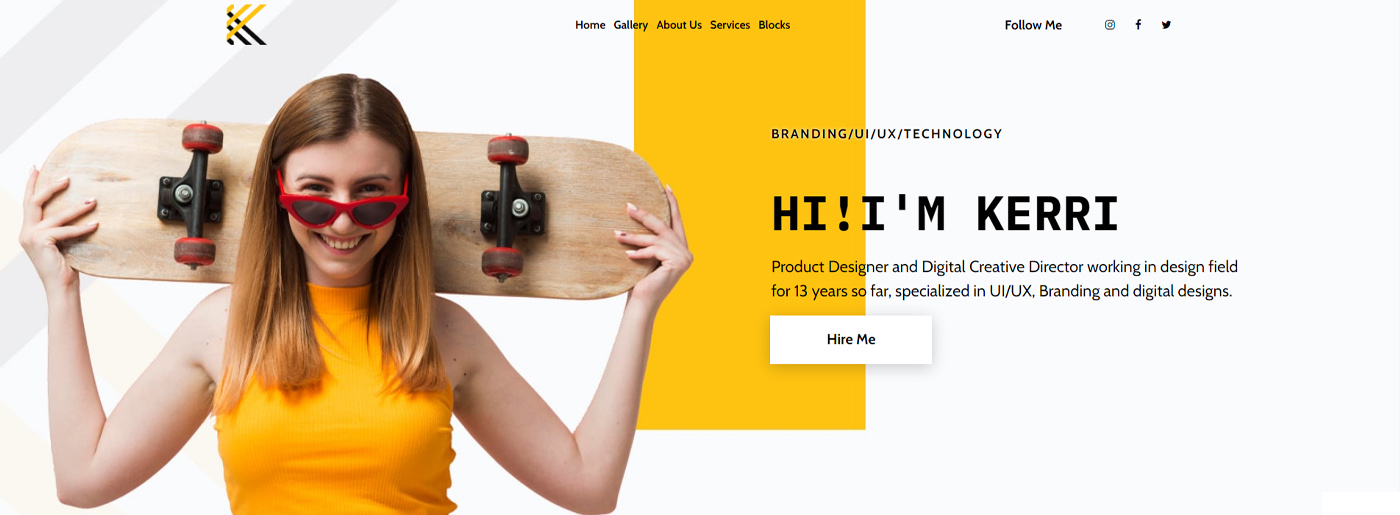
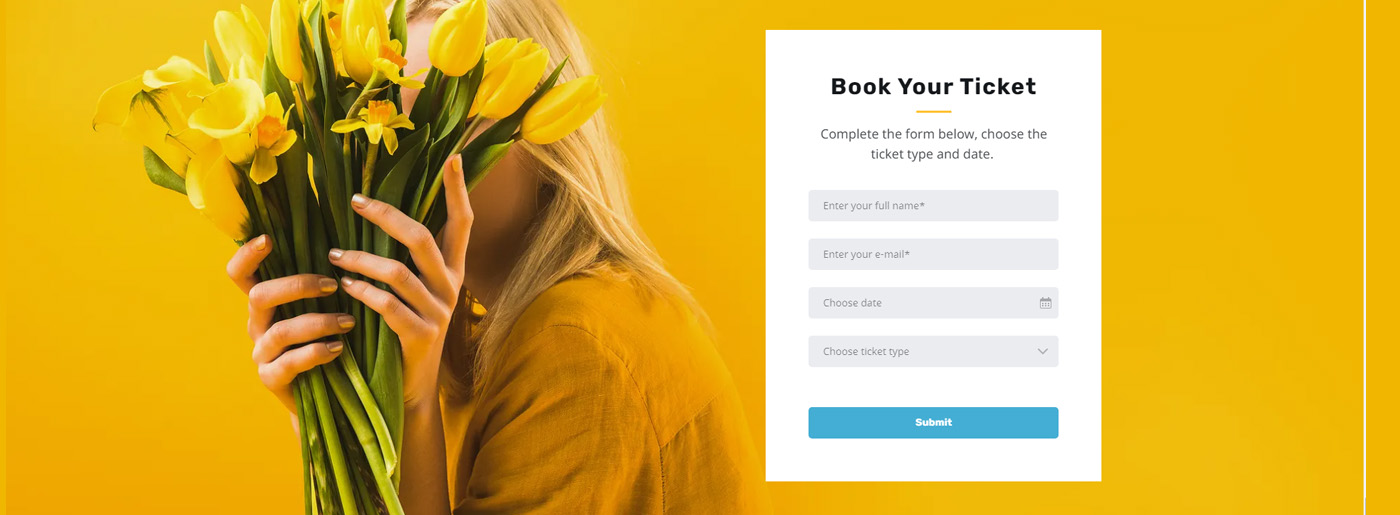
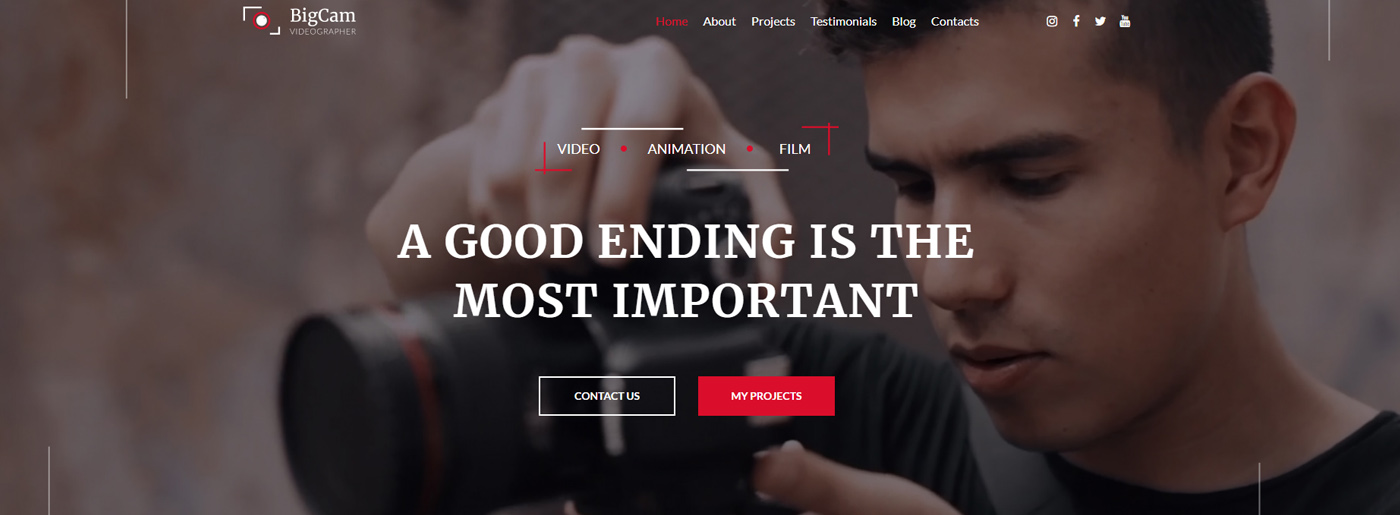
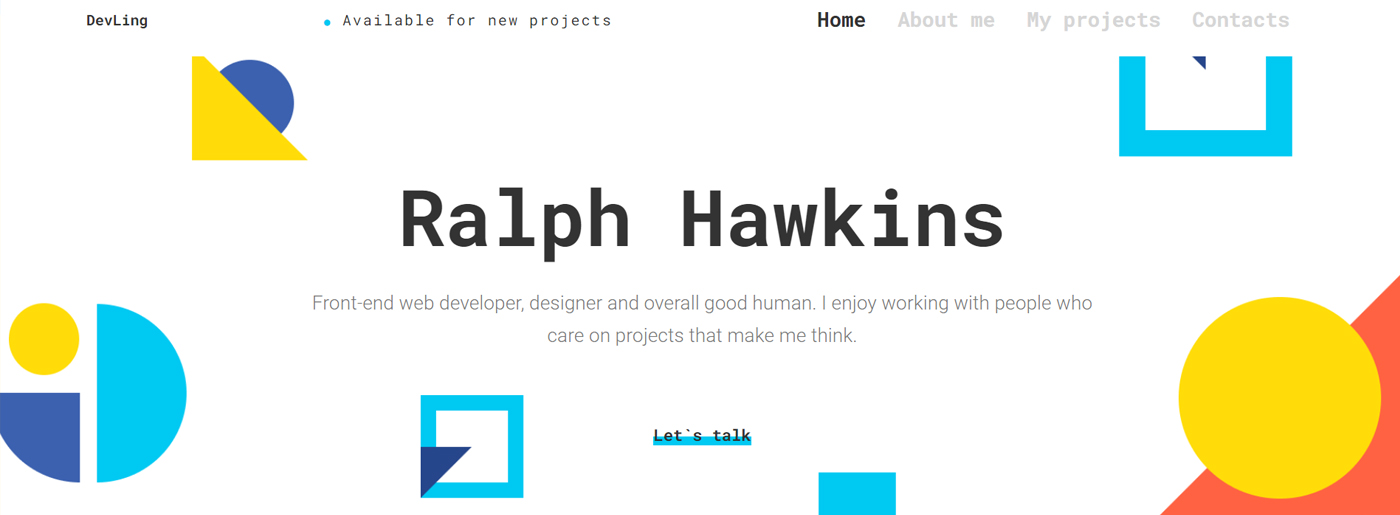
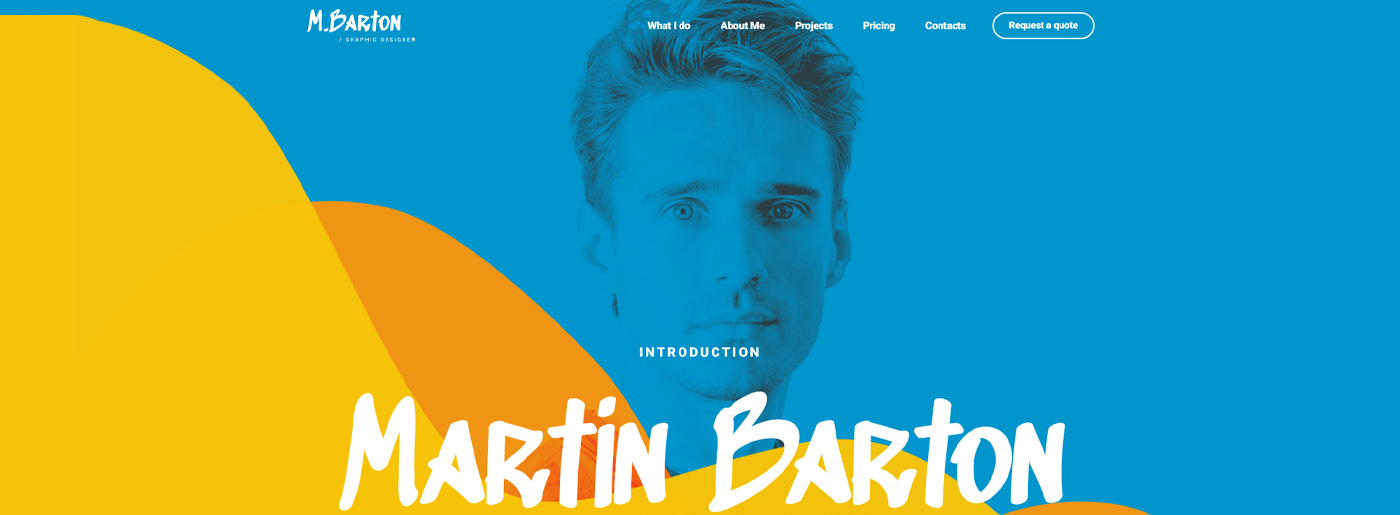
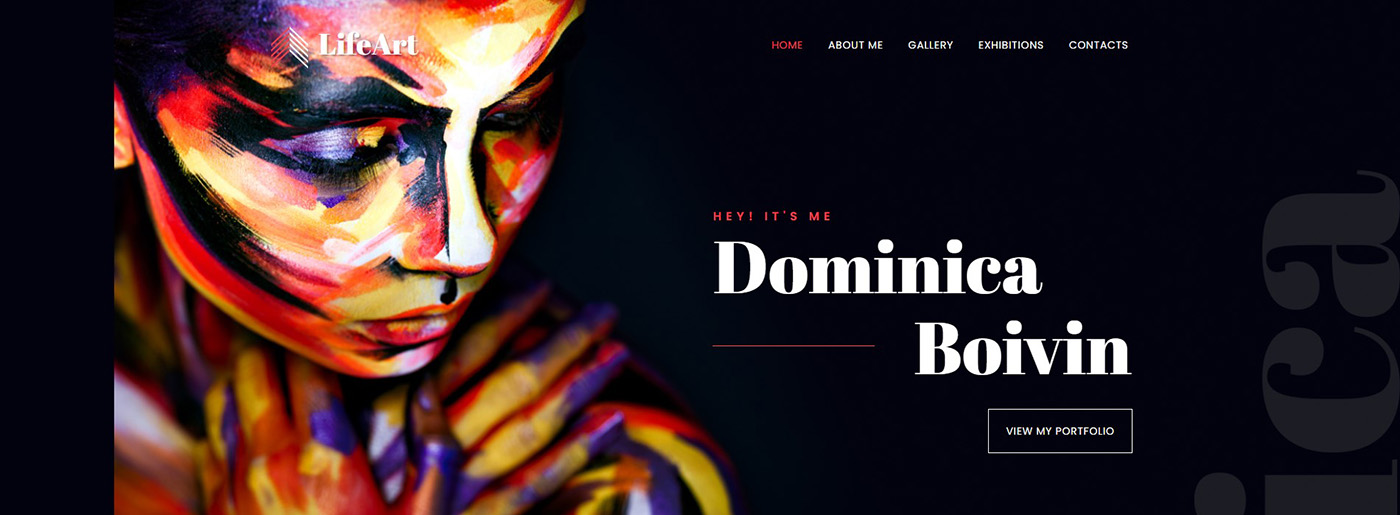




Leave a Reply